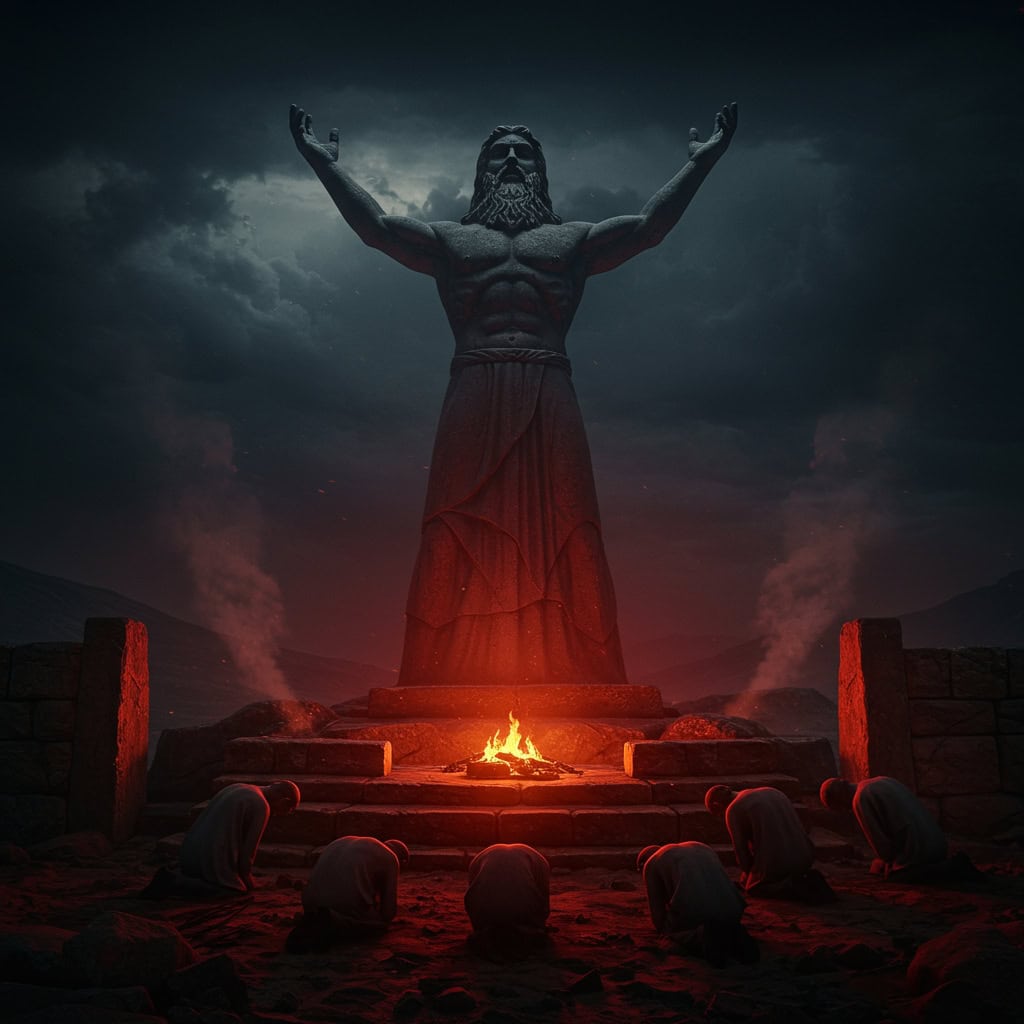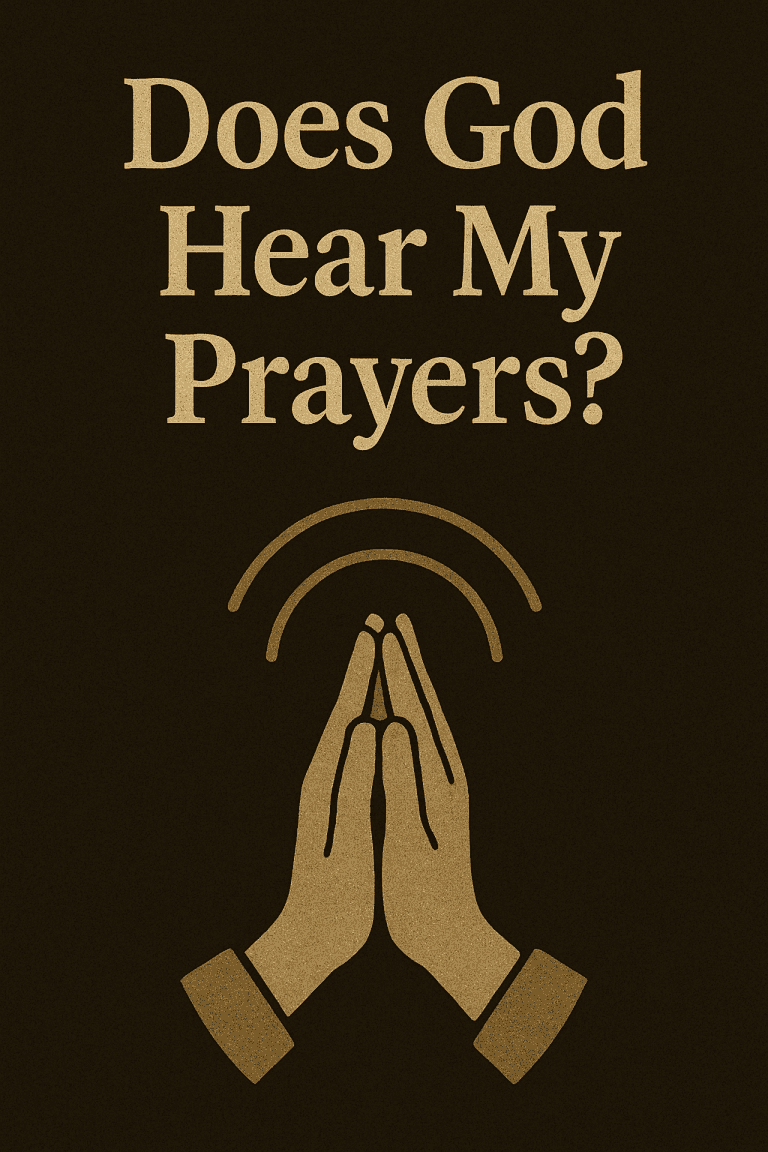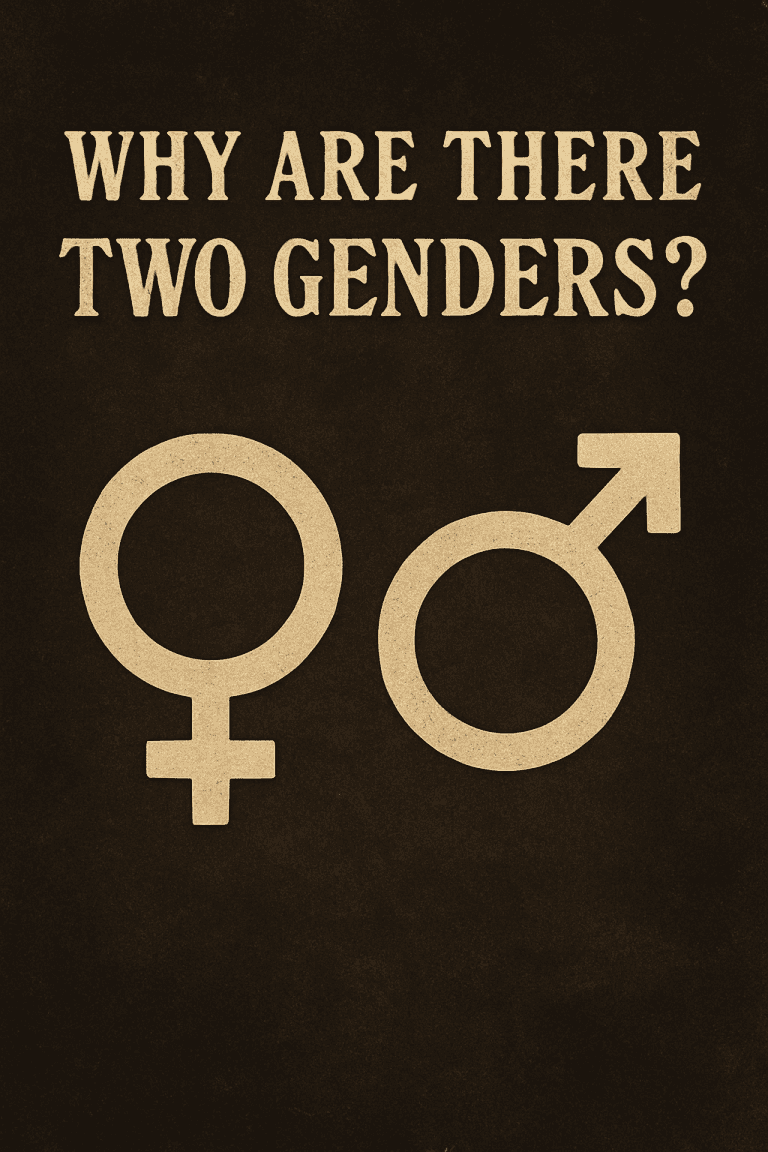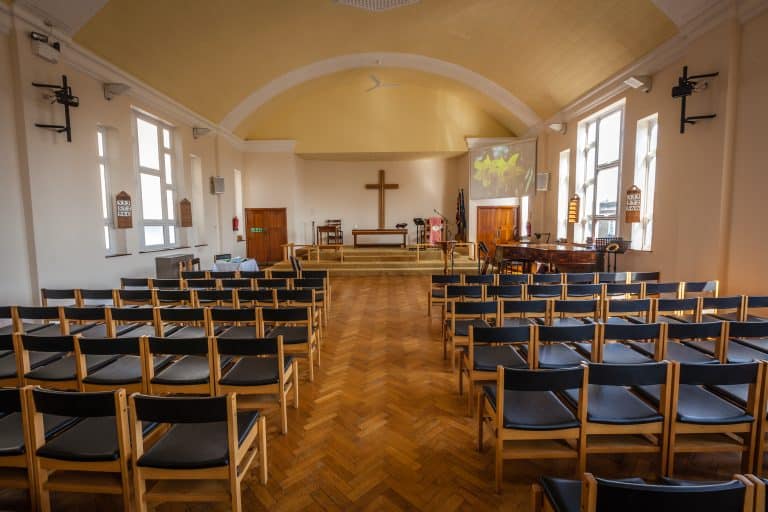Archaeological Evidence of Baal Worship: What History Confirms About Ancient Idolatry
You don’t have to believe the Bible to see the evidence of Baal worship.
The archaeological evidence of Baal worship is carved in stone, buried in ash, and displayed in museums around the world. Archaeologists have uncovered altars, statues, ritual tools—even inscriptions invoking Baal by name.

And Baal worship didn’t stay outside the camp. It infiltrated it.
The Bible tells us that God’s people bowed to Baal again and again. Archaeology shows just how deeply this false worship infected the ancient Near East—and how fiercely God’s covenant people had to fight to remain holy.
This is not just a history lesson. It’s a confrontation with a truth that still matters:
Idolatry leaves a trail. And Baal’s trail is long, violent, and undeniable.
Baal in the Ancient Near East: Not Just a Regional God
Baal wasn’t a fringe god.
He was central in Canaanite, Phoenician, and Syrian cultures. His name shows up in Ugaritic tablets, Assyrian records, and Egyptian reliefs. Wherever Baal was worshiped, the pattern was the same: fertility rituals, temple prostitution, child sacrifice, and allegiance demanded through fear and reward.
Excavations at Ugarit (modern Ras Shamra) uncovered some of the earliest and most detailed accounts of Baal. These 14th-century BC clay tablets describe him as the storm god who brings rain, battles chaos, and asserts power over life and death.
That mythology shaped how societies functioned.
The texts speak of “the house of Baal”—a temple to secure his favor. These temples have been found. Stone altars with bull motifs, incense remnants, and statues of Baal with raised arms all stand as physical evidence of Baal worship.
At Ugarit, the “Baal with Thunderbolt” stele from the 15th century BC is a visual manifesto. Baal stands triumphant, brandishing lightning. Excavated just outside the Temple of Baal and now in the Louvre, this stele—called “the most important of the Ugaritic stelae”—isn’t abstract art. It’s a declaration of power. These artifacts become a core part of the archaeological evidence of Baal worship—undeniable confirmation that the Old Testament wasn’t exaggerating the threat.
What Archaeology Confirms: Shrines, Statues, and Sacrifice
The archaeological evidence of Baal worship is physical, not speculative.
At sites like Megiddo, Hazor, and Lachish, excavations reveal ritual items and high places that match biblical descriptions. At Carthage, a Phoenician colony, massive urns hold the charred remains of infants and young children—linked to sacrificial rites directed at Baal Hammon.
In Beth-shan, archaeologists uncovered a bronze statue of Baal holding a thunderbolt inside a temple filled with cultic items.
Even more disturbing, archaeologists have found foundation sacrifices—children buried beneath structures as offerings to Baal for blessing and protection. These match God’s rebuke in Jeremiah 19:5:
“They have built the high places of Baal… to burn their sons in the fire as burnt offerings to Baal.”
These aren’t metaphors. They’re physical memorials of rebellion.
Baal Worship in Ancient Israel: The Collision of Covenant and Culture
God’s people didn’t just flirt with Baal worship. They absorbed it.
Throughout the Old Testament, Baal appears not just as a foreign god but as a scandal within the covenant community. Archaeology confirms that Israelite cities adopted many of the same practices found in pagan regions.
At Dan and Samaria, high places were discovered with standing stones and carved images. In some cases, new altars were built directly over old ones—suggesting continuity, not cleansing.
Inscriptions at sites like Kuntillet Ajrud suggest that some Israelites didn’t just tolerate Baal worship—they mingled it with their worship of Yahweh, as if the two could coexist. The result wasn’t just disobedience. It was spiritual confusion.
William G. Dever, a leading voice in biblical archaeology, affirms this:
“This folk religion, with its local altars and cultic objects… was representative of the outlook of the majority of the population.”
In other words, Baal worship wasn’t fringe. It was normalized. And that normalization corrupted Israel’s witness.
Pottery fragments from Khirbet al-Ra‘i bear the name Jerub-Baal—Gideon’s title. Another inscription at Khirbet Qeiyafa reads Ish-Baal. Both confirm the name “Baal” was once culturally accepted among Israelites. Over time, these names were replaced with bosheth—meaning “shame.” This, too, becomes part of the archaeological evidence of Baal worship, revealing how far its influence reached—even into the naming of God’s people.
Idolatry Was the Culture, Not the Exception

Today, we think of idol worship as occasional or primitive. But in the ancient Near East, idolatry was the default. It shaped laws, trade, harvest cycles, and war strategy.
Dr. Richard Hess, Old Testament scholar, observes:
“The archaeological record of Canaanite worship shows no distinction between civil and religious life—Baal’s blessing was thought to touch every aspect of existence: rain, crops, fertility, war.”
That’s the world Israel entered. God didn’t ask them to avoid temptation. He commanded them to tear down a civilization soaked in spiritual deception. And the residue of that deception is still being uncovered, piece by piece. The saturation of Baal worship across every layer of Canaanite life has been confirmed by the archaeological evidence of Baal worship, which shows that idolatry wasn’t peripheral—it was structural.
High Places, High Stakes
The Bible mentions high places (bamot) over 100 times—nearly always in judgment.
Biblical Archaeology Society explains:
“High places typically contained open-air altars, standing stones, and cult objects. They were often built over earlier sacred sites and adapted to later pagan use.”
God’s command was clear: destroy them (Deut. 12:2–3). Not study them. Not leave them. Destroy them.
But Israel didn’t obey. The high places remained—and with them, the grip of Baal.
Ancient Idols, Present Danger
Why does this matter now?
Because we don’t need stone idols to commit the same sin. Baal worship was never just about statues. It was about power, control, comfort, and prosperity.
We still sacrifice children on the altar of convenience. We still trade holiness for acceptance. And we still rewrite God’s commands when they threaten our ambitions.
Idolatry and the Judgment to Come
Baal may be buried under centuries of ash, but his legacy hasn’t died. The spirit of idol worship—control, sensuality, power—still rules in the hearts of those who refuse to worship Christ. And Scripture is clear: this kind of rebellion has a destination.
Revelation does not describe a world where idolatry is defeated by human progress. It describes a world drunk on it.
“The rest of mankind… did not repent of the works of their hands nor give up worshiping demons and idols of gold and silver and bronze and stone and wood…” (Rev. 9:20)
This is not merely future prediction. It is present commentary—a warning about the nature of unbelief in every age. Idol worship is not fading. It is multiplying. It may change form, but it doesn’t change aim: to dethrone God in favor of self-made gods.
And in Revelation 18, when Babylon falls, her collapse includes the judgment of merchants, sorcerers, and “all who were slain on earth”—a sweeping indictment of global corruption rooted in idolatry and spiritual deception.
The archaeological evidence of Baal worship reminds us: God’s judgment is not just coming. It has always been coming. Baal’s high places fell under the weight of God’s wrath, and so will every modern altar raised against the Lord of glory.
The idols change names. The judgment does not.
A Word to the Skeptic: Scripture Is Not the Only Witness
For those who doubt the Bible’s account, the ground itself speaks.
Stone pillars. Carved bulls. Altars with blood channels. Inscriptions invoking Baal. Cities layered with shrines. These don’t contradict Scripture. They confirm it.
The archaeological evidence of Baal worship proves that Israel’s spiritual battle wasn’t a fable. It was a crisis that unfolded in real places—with real names and real blood.
The Verdict of the Earth
The earth has testified.
Tombs. Temples. Ash. Inscriptions. Baal’s trail stretches across the ancient world. And if you listen, you’ll still hear the echo of Elijah’s cry:
“If the Lord is God, follow Him. But if Baal, then follow him” (1 Kings 18:21).
There is no neutral ground. There never was.
The battle between the living God and false gods has always been visible, traceable, and decisive. The archaeological evidence of Baal worship simply confirms what Scripture has said from the beginning:
“You shall have no other gods before Me.”
Want to know more about the grace of God in His sovereignty over salvation? Check out this free reference.
Walt Roderick is a Christian writer who cares more about biblical clarity than online applause. He writes to strengthen believers and confront spiritual drift.






